Increased Adoption of Fitness Apps
The Smart Sports Wearable Market is witnessing increased adoption of fitness applications that complement wearable devices. These applications provide users with personalized training programs, nutrition tracking, and social sharing features, enhancing the overall user experience. Data suggests that the fitness app market is expected to grow at a compound annual growth rate of over 23 percent, indicating a robust synergy between wearables and mobile applications. This integration not only enriches the functionality of smart wearables but also fosters a community of users who share their fitness journeys. As more consumers embrace technology to achieve their fitness goals, the Smart Sports Wearable Market is poised for substantial growth, driven by the seamless connectivity between wearables and fitness apps.
Emergence of Smart Clothing and Textiles
The Smart Sports Wearable Market is witnessing the emergence of smart clothing and textiles, which represent a new frontier in wearable technology. These innovative garments are embedded with sensors that monitor various physiological parameters, such as muscle activity and body temperature, providing users with comprehensive insights into their performance. The market for smart textiles is anticipated to grow significantly, with projections indicating a potential market size of over 5 billion dollars by 2027. This development not only expands the range of products available within the Smart Sports Wearable Market but also appeals to consumers seeking more integrated and less obtrusive wearable solutions. As the technology matures, smart clothing is likely to become a staple in the fitness and sports sectors, further driving market growth.
Rising Health Consciousness Among Consumers
The Smart Sports Wearable Market is significantly influenced by the rising health consciousness among consumers. As individuals become more aware of the importance of physical fitness and overall well-being, the demand for wearable devices that track health metrics is increasing. Reports indicate that nearly 70 percent of consumers are now prioritizing health and fitness, leading to a surge in the adoption of smart wearables. This trend is further supported by the growing prevalence of lifestyle-related diseases, which has prompted individuals to seek proactive health management solutions. Consequently, the Smart Sports Wearable Market is likely to benefit from this heightened focus on health, as consumers turn to wearables for motivation and accountability in their fitness journeys.
Technological Advancements in Wearable Devices
The Smart Sports Wearable Market is experiencing rapid technological advancements that enhance the functionality and appeal of wearable devices. Innovations such as improved sensors, artificial intelligence, and machine learning algorithms are enabling more accurate data collection and analysis. For instance, the integration of biometric sensors allows for real-time monitoring of heart rate, oxygen levels, and other vital statistics. This technological evolution is projected to drive market growth, with the wearable technology segment expected to reach a valuation of approximately 60 billion dollars by 2026. As consumers increasingly seek devices that offer comprehensive health insights, the demand for technologically advanced wearables is likely to surge, thereby propelling the Smart Sports Wearable Market forward.
Growing Popularity of Sports and Fitness Activities
The Smart Sports Wearable Market is benefiting from the growing popularity of sports and fitness activities across various demographics. As more individuals engage in sports, running, cycling, and other fitness pursuits, the demand for wearables that enhance performance and track progress is on the rise. Market analysis indicates that the sports and fitness segment is projected to account for a significant share of the wearable technology market, with an estimated growth rate of 20 percent annually. This trend is further fueled by the increasing participation in organized sports events and fitness challenges, which encourage individuals to utilize smart wearables for performance tracking. Consequently, the Smart Sports Wearable Market is likely to thrive as it caters to the needs of an active and health-oriented population.


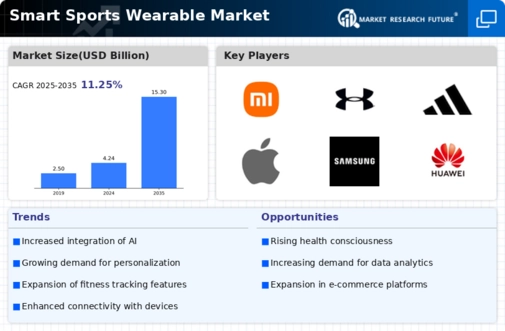
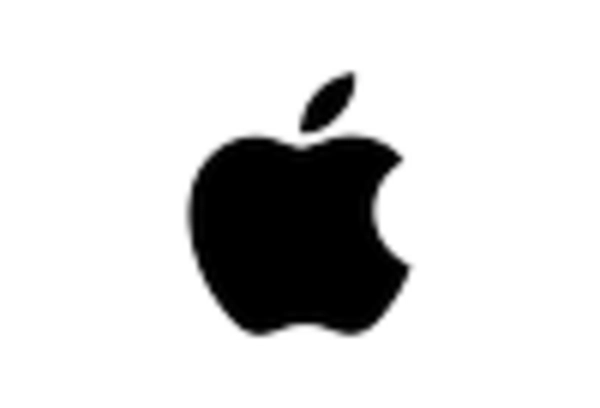
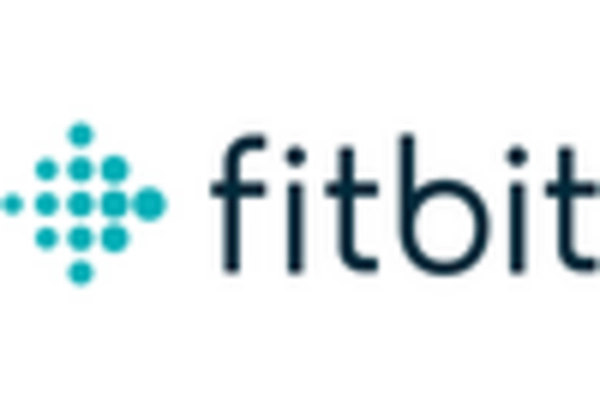
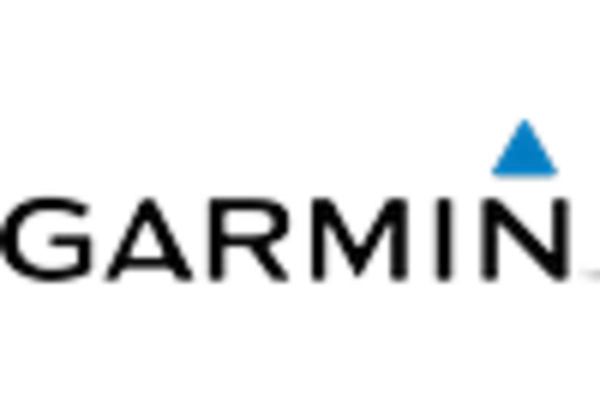
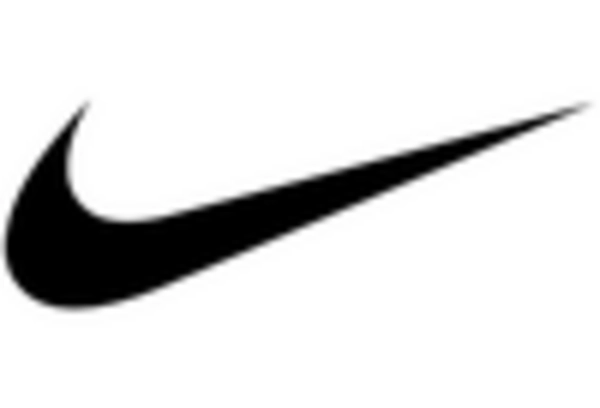

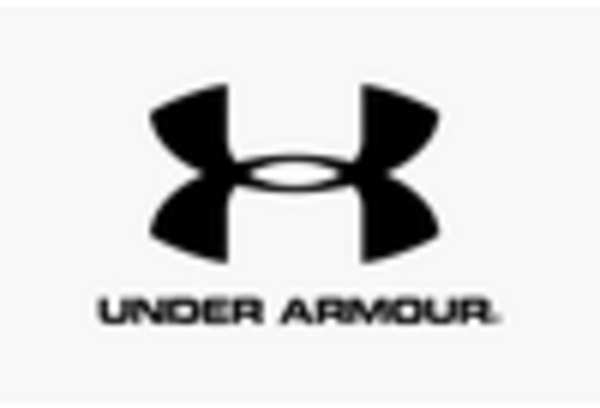








Leave a Comment